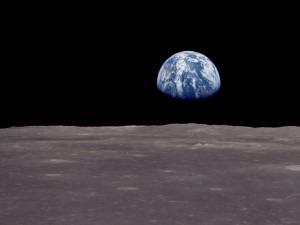 In 1968, humanity collectively experienced an “Aha Moment.” And it was the photograph “Earthrise” that triggered this moment of realization, inspiration, insight, recognition and utter astonishment. One of the most influential photographs ever taken, it shows our “blue marble” gently rising against the barren and desolate surface of the moon, with both celestial bodies racing through the vast and utter darkness of space. It forever changed the way we thought about our environment and our species, and redefined our place in the universe. These fundamental shifts in human consciousness don’t happen every day; they possibly come around once a generation, and they are certainly not confined to the world of space exploration and science!
In 1968, humanity collectively experienced an “Aha Moment.” And it was the photograph “Earthrise” that triggered this moment of realization, inspiration, insight, recognition and utter astonishment. One of the most influential photographs ever taken, it shows our “blue marble” gently rising against the barren and desolate surface of the moon, with both celestial bodies racing through the vast and utter darkness of space. It forever changed the way we thought about our environment and our species, and redefined our place in the universe. These fundamental shifts in human consciousness don’t happen every day; they possibly come around once a generation, and they are certainly not confined to the world of space exploration and science!
As a young and eager piano student slugging my way through various etudes by Czerny and Cramer, I had the opportunity to attend a music festival in the sleepy Austrian village of Ossiach. And when György Cziffra sat down and played a Liszt Ballade, a completely new and unknown universe suddenly opened up to me. Otherworldly strains of color and delicately nuanced emotions alternated with visceral power that threatened to bring the roof down! At that moment, at least intuitively, I understood that my level of consciousness had been raised, and that it was impossible to ever think of the piano in the same way again. Ever since, I have been looking and listening for “Earthrise Moments.” And while my Cziffra experience on that day was highly personal, there have been a number of great performing artists and ensembles throughout the 20th century that have fundamentally changed the way we collectively think about music!
And that’s the basic idea behind our new series, titled “Musical Giants of the 20th Century.” Aided by sound and video recordings, and looking at defined areas of the performing arts, we will try to document these musical paradigm shifts. From Toscanini ushering in a completely new orchestral consciousness to Glenn Gould humming his highly expressive counterpoint to a Bach fugue! From Maria Callas to the Hilliard Ensemble and to Martin Fröst, we will explore what made them stand out from the crowd. This is not a series focusing on biographies, but one that looks at interpretation, technique, popular appeal and demographic, performance style, special recordings and even self promotion.We all know that such lists are highly subjective, so we are counting on your input, comments and expertise in identifying artists that come around once in a generation!
Johann Sebastian Bach: Kunst der Fuge, (Excerpts) Glenn Gould
You May Also Like
-
 Musical Giants of the 20th Century: Violists Sadly the viola has been unjustly maligned. The following five consummate violists have put the viola on the map as a solo instrument
Musical Giants of the 20th Century: Violists Sadly the viola has been unjustly maligned. The following five consummate violists have put the viola on the map as a solo instrument -
 Musical Giants of the 20th Century: The Art of Lieder (Male Interpreters) The Art Song, also known under the German title “Lied” refers to a musical setting of a poem for solo voice and piano.
Musical Giants of the 20th Century: The Art of Lieder (Male Interpreters) The Art Song, also known under the German title “Lied” refers to a musical setting of a poem for solo voice and piano. -
 Musical Giants of the 20th Century: Clarinettists It is not an enviable job to create a list of great players of an instrument that is so versatile, one that has changed so much even in the last 100 years.
Musical Giants of the 20th Century: Clarinettists It is not an enviable job to create a list of great players of an instrument that is so versatile, one that has changed so much even in the last 100 years. -
 Musical Giants of the 20th Century: Cellists As with the great violinists, it is difficult to choose just ten great cellists.
Musical Giants of the 20th Century: Cellists As with the great violinists, it is difficult to choose just ten great cellists.
More Blogs
-
 Best Quotes from Chopin’s Letters: Emotional, Witty, and Heartbreaking Explore his innermost thoughts and personality
Best Quotes from Chopin’s Letters: Emotional, Witty, and Heartbreaking Explore his innermost thoughts and personality - Buzz, Flutter, and Crawl
Celebrate National Be Nice to Bugs Day (July 14) Discover Chopin's Butterfly Etude, Bartók's Diary of a Fly and more -
 Three Violinists Who Survived the Nazi Concentration Camps Stories of Sandor Braun, Helena Dunicz-Niwińska, and Abram Merczynski
Three Violinists Who Survived the Nazi Concentration Camps Stories of Sandor Braun, Helena Dunicz-Niwińska, and Abram Merczynski -
 What Was It Like Being Liszt’s Student? Inside stories of the legendary composer's teaching methods and personality
What Was It Like Being Liszt’s Student? Inside stories of the legendary composer's teaching methods and personality

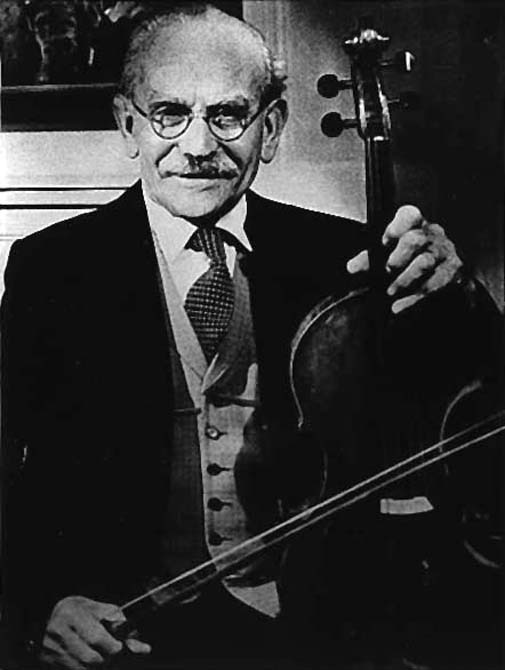
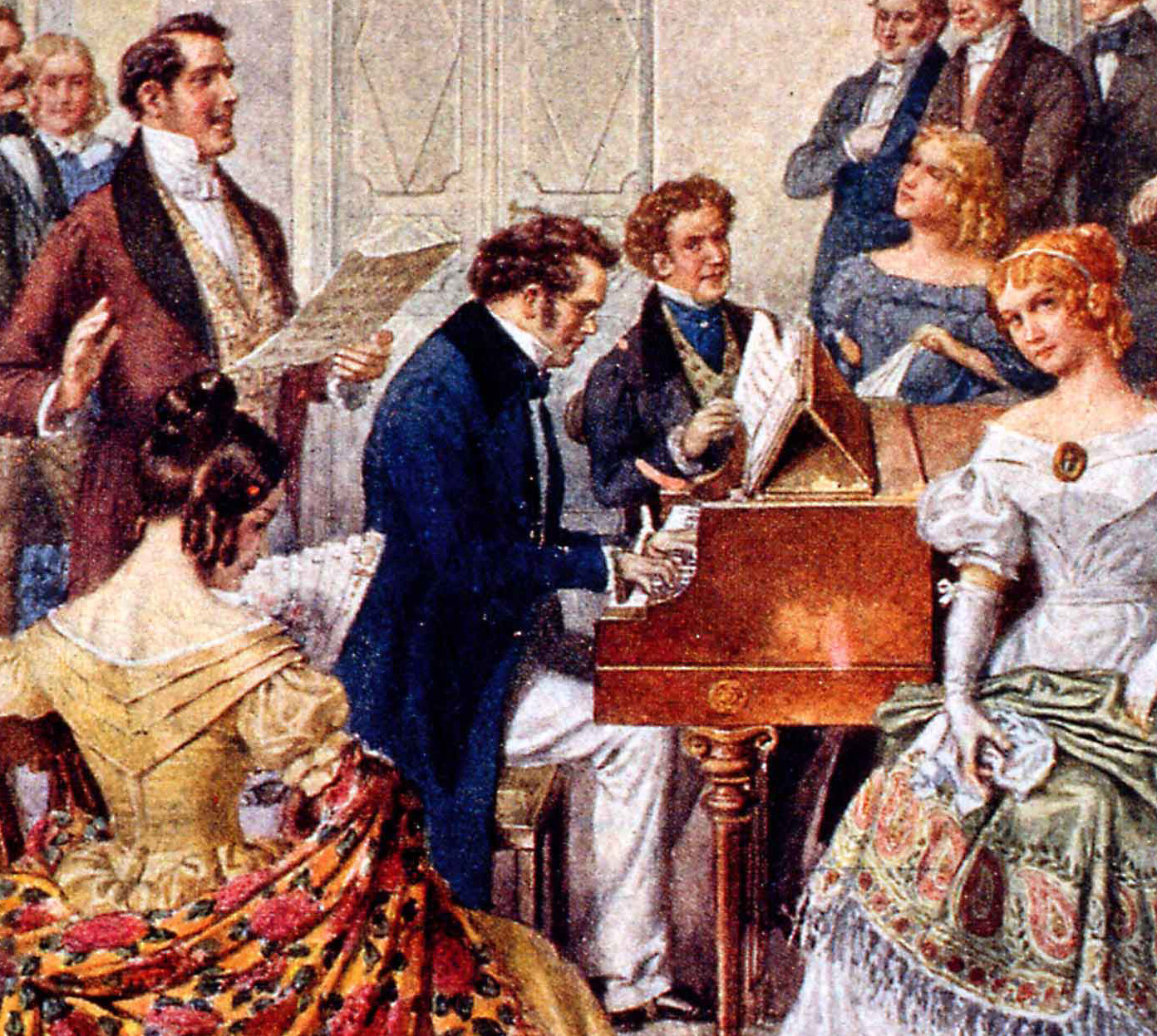
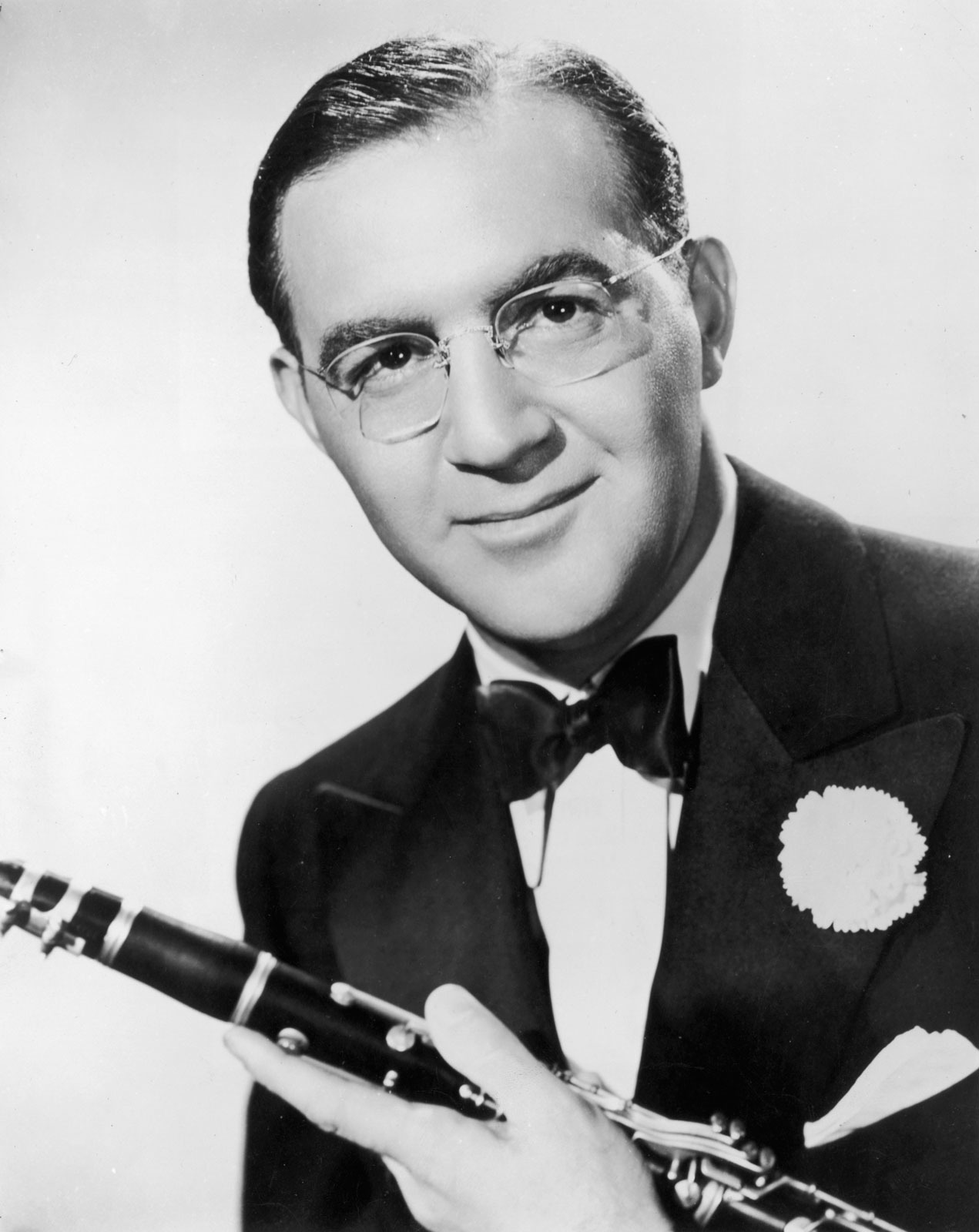
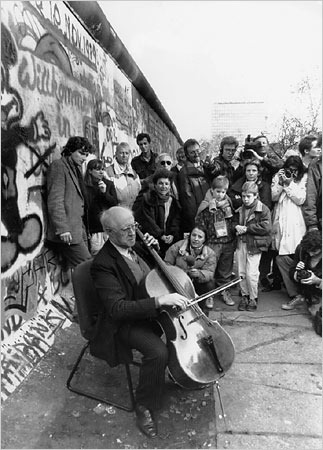



Do you have Andrei Gavrilov in the list? When I was on his recent concert in Kiev I’ve experienced similar feelings and thoughts as you had on the György Cziffra concert. Thank you.
Hi Felix, Andrei Gavrilov article is up, thank you.
We didn’t Felix but we will have a follow up article. Please stay tuned.
Thank you.